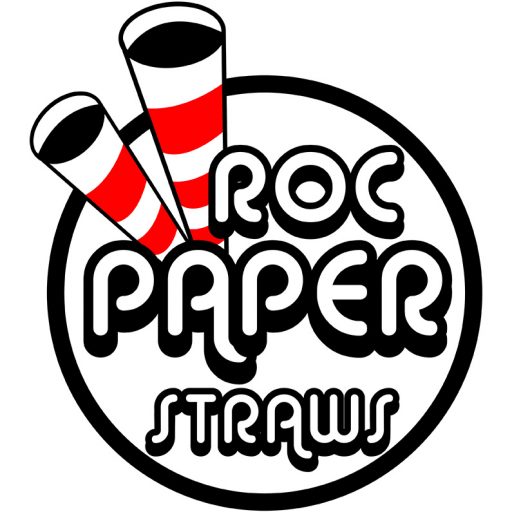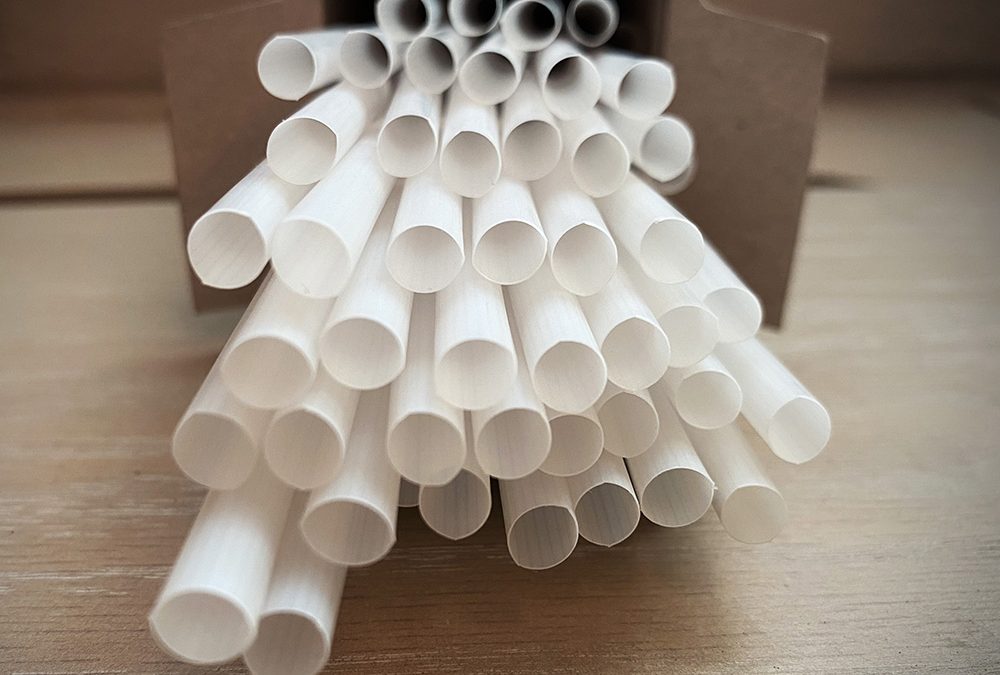No products in the cart
Search Google for “biodegradable straws” or “compostable straws.” Or “straws made from plants.”
The results you see will be full of mentions of PLA Straws.
Why? Because there’s big money in it. Because companies are spending enormous sums on marketing to corner the market on people actually concerned about single-use plastics and their ecological impact.
Don’t believe the hype. There is a lot of buzz about PLA Straws being “biodegradable, eco-friendly, compostable” drinking straws. The ugly truth is… they look, act, and feel like plastic, because they basically ARE plastic. By switching from a plastic straw to a PLA straw, you have simply replaced one evil for a slightly lesser evil.
Sorry, not sorry. PLA straws are essentially plastic.
Not all Plant-Based Straws are Created Equal
If you’re an American who cares about the Earth, then you’ve already identified your position on corn.
Our domestic economy has a miraculous ability to modify [excess, subsidized] corn into profits.
Unfortunately, the corn plant-based promise fails again to deliver when it provides the raw material for drinking straws. Both corn and paper-based straws can be made toxic by either ingredients or packaging. But, all things considered, PLA straws are far less likely to be ecologically responsible than they are to be the product of greenwashing.
Slim PLA Straws — with a Slim Chance of Biodegrading
PLA, which stands for “polylactic acid,” is made from plant starches and, most often, corn oil. This may sound great from a sustainability standpoint, but the truth is, they can only break down under very specific conditions, and the chances these straws will end up being properly disposed of is extremely slim. And, technically, PLA straws are not even BIO-degradable — only degradable. That means that — FACTS — there are enzymes existing on the Earth that can break them down. Unfortunately for everyone, the enzymes which break down PLA are not naturally available in the environment, except on extremely rare occasions. Therefore, most PLA straws must be broken down in a qualified facility, or under precision-engineered conditions, or they end up polluting our landfills and waterways the same way that plastic does.
Composting PLA Straws? Not really a thing.
Ecologically conscious consumers should know that PLA straws will not decompose in a regular landfill. They cannot be composted in your backyard.
PLA straws may not be compostable or biodegradable in all cases. PLA straws made of material that meets EN 13432 can only be composted in the best conditions (like commercial composting), without leaving behind residues that can be toxic to soil. Few types of PLA should be composted in the same conditions as a typical home pile.
When properly, strategically discarded in a commercial composting facility, they’ll still take months to break down. Unfortunately, there are only a little over 100 qualified composting centers of this type in the United States. Most standard recycling centers are not equipped to handle PLA material and it must be separated from other recyclable plastics. This is also tricky because PLA straws look so much like standard plastic straws that it is extremely difficult to tell them apart, which makes it practically impossible to separate them.
There is also the issue of PLA straws being very brittle and can break quite easily. This can cause harm to the consumer if they are not careful, as these breakages can produce sharp edges and also increase the possibility and danger of ingestion.
If you would like to take a deeper dive into the truths about the PLA process and the science behind it, here are a couple of great articles.



